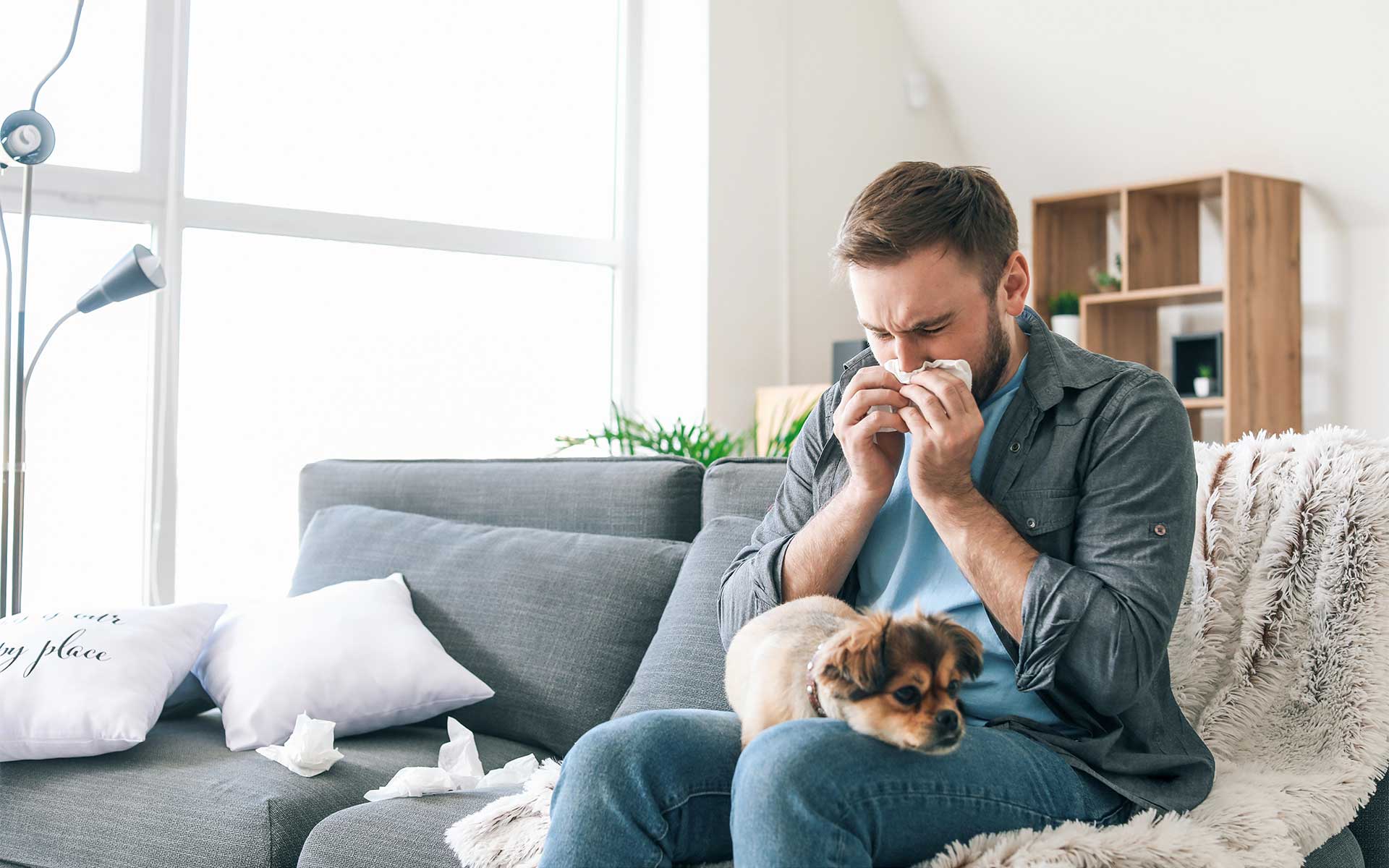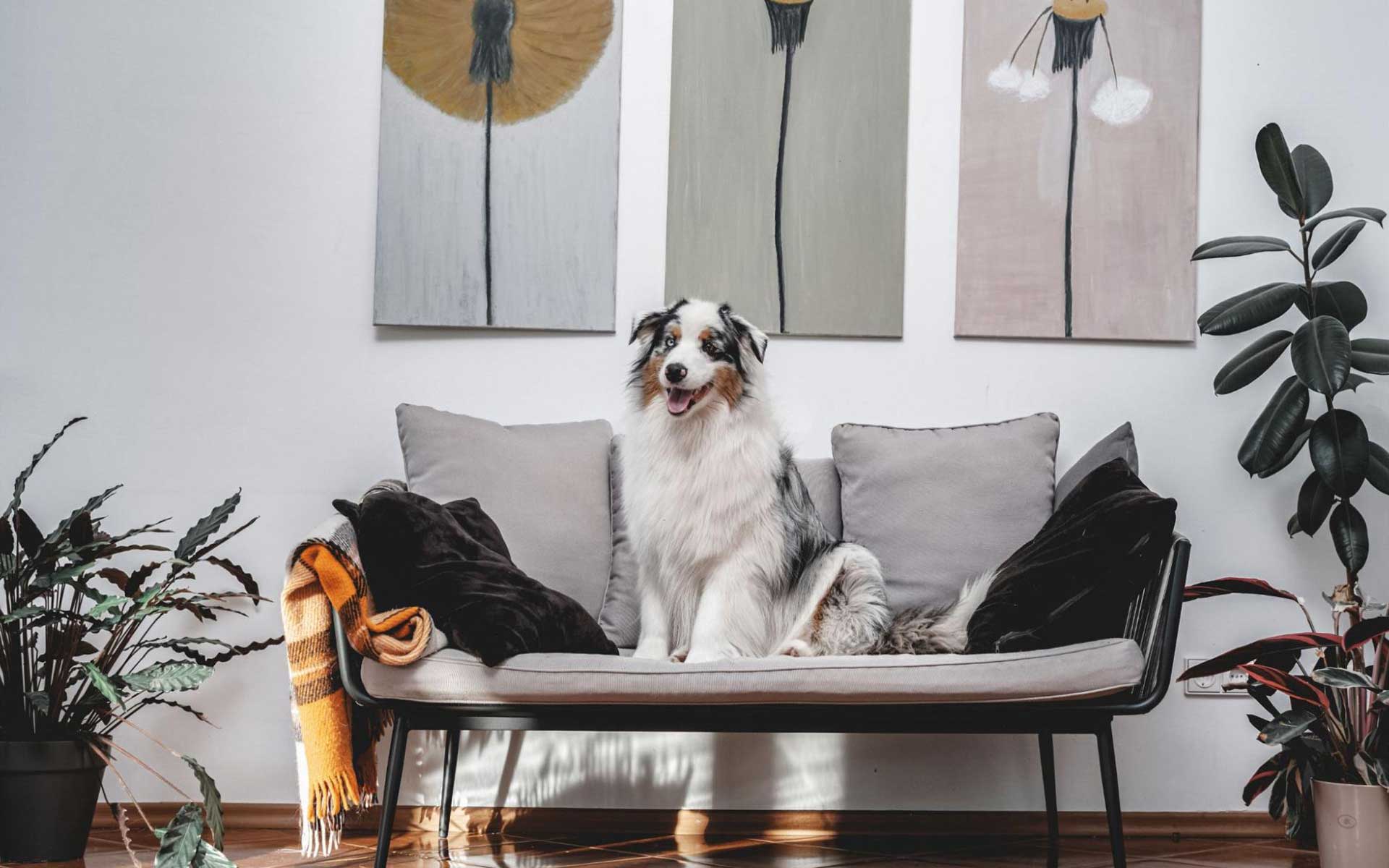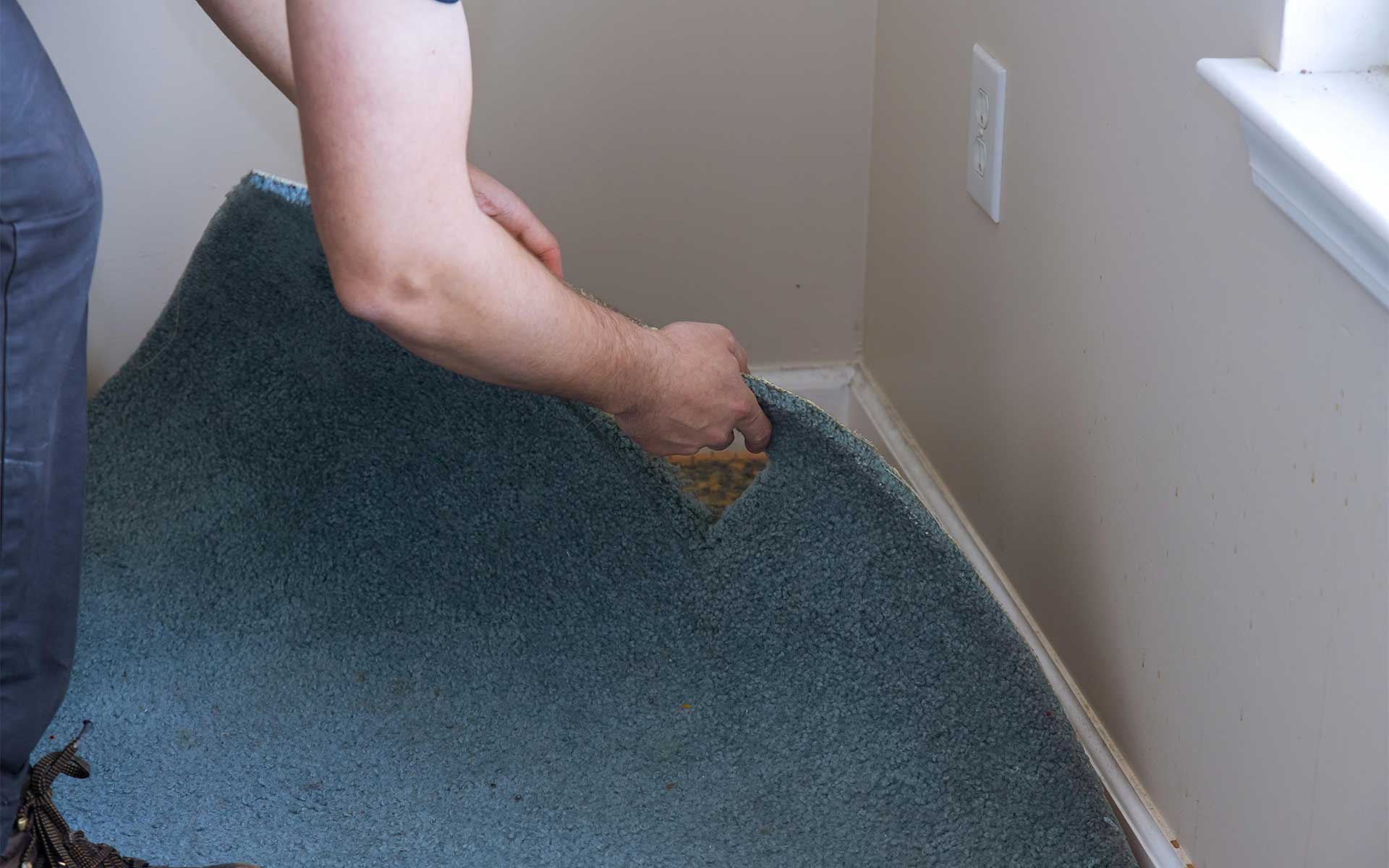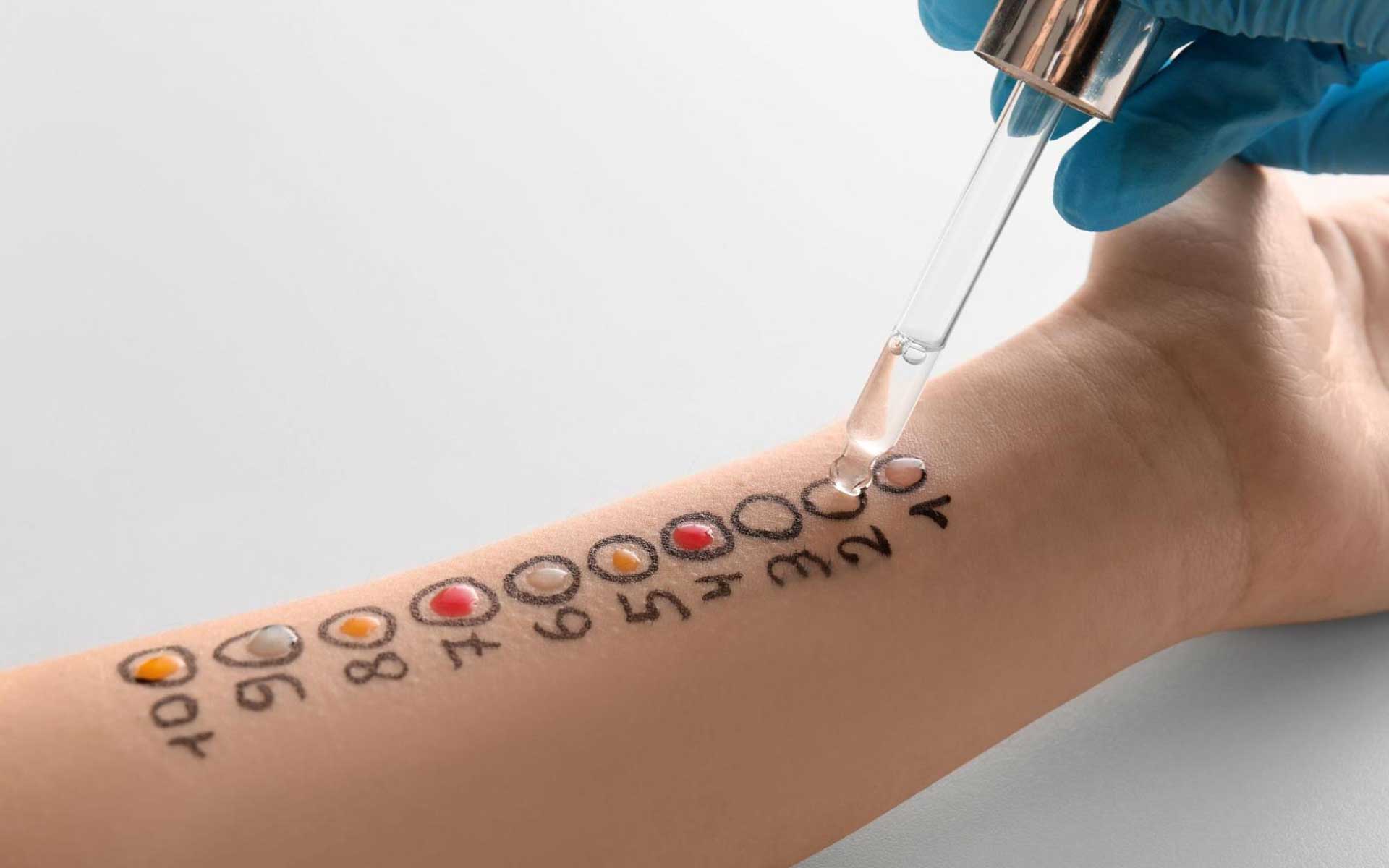Allergy-Proofing Your Home: Practical Tips for a Healthier Living Space

Pollen allergies are common, especially in Central Texas. Whether it's cedar or oak pollen season, allergies to native pollen and outdoor irritants can interfere with daily activities, sleep, and overall well-being. For this reason, many will opt to control allergic reactions by staying indoors when pollen counts are high.
However, staying indoors isn’t always the answer to preventing allergic reactions - especially if you are sensitive to common household allergens. Household allergens, you ask - what in my house is causing allergies? We have the answers.
Today’s post identifies these pesky invisible household allergens and how to control them to improve indoor air quality. We’ll identify the most common culprits, how to eliminate allergens in the home (complete with room-by-room tips!), and how to determine which of these allergens are triggering your immune system to react. Ready to learn how to allergy proof your home? Let’s go.
How Can I Control Indoor Allergens and Improve Indoor Air Quality?
If you commonly suffer from itchy, watery eyes, sneezing, or stuffiness, it’s easy to assume you have a pollen allergy. However, suppose these symptoms are persistent year-round and occur when you're at home (away from trees or other outdoor pollen). In that case, you may be reacting to the nearly undetectable household allergens that can thrive when left unchecked.
Unfortunately, these tiny triggers can be found in any room of the house. However, there are ways to remove and control household allergens to improve indoor air quality and allergy-proof your home. From cleaning allergens in the home to filtering the air, these tips can help prevent annoying allergic reactions and control the spread of indoor allergens.
Filter the Air in Your Home
When considering how to get rid of allergens in your home, the first step is to address the air, including how well it’s filtered. First and foremost, check to make sure the home’s ductwork is intact and leak-free. Next, ensure rooms exposed to moisture, like bathrooms or laundry rooms, are well-ventilated to deter mildew and mold growth. Also, limit opening the windows during peak allergy seasons or install allergen screens.
Also, consider an air purifier in rooms used most, like bedrooms and living rooms. Air purifiers are rated by the Clean Air Delivery Rate (CADR), and the higher CADR, the faster the unit filters the air. HEPA filters are a great option because they are capable of trapping tiny allergens. Also, be sure the air filter chosen can handle the size of the room being filtered.
Get Rid of Stuff You Don’t Use
Regularly dusting every surface can go a long way to controlling indoor allergens. However, if regular dusting isn’t always possible, you can help eliminate dust collection by removing things you don’t use often. Items that sit unused, like knick-knacks, tabletop ornaments, books, and magazines, are dust magnets. Remove these items and other clutter that collect dust, such as knickknacks, tabletop decorations, books, and magazines. Also, store children's toys, games, and stuffed animals in plastic bins to keep them dust-free.
Inspect Cleaning Room for Mold
When you begin the quest to remove allergens from home, the bathroom should top the list. Your cleaning rooms (a.k.a. the bathrooms) are magnets for mold. Thoroughly inspect these areas, including tubs, showers, and toilets, for signs of mold. Clean it immediately with bleach or mold-clearing solutions if any is detected.
Reduce Dust Generators
Dust generators are present throughout the home if you have carpet, heavy drapes, or lots of upholstered furniture. This kind of soft furniture and decor easily traps and holds dust from hair, dead skin, pet dander, pollen, dead bugs, dust mite droppings, and even microplastics. Opt for throw rugs that you can regularly wash or vacuum and leather or faux leather furniture that can be wiped down.
Avoid Allergenic Plants
House plants are wonderful, but they can contribute to allergens, so it’s best to limit them within the house. Also, prevent mold growth in the soil by avoiding overwatering. There are some great low-allergy plant and flower options, including astilbe, impatiens, hosta, scabiosa, columbine, and viola.
Common Allergens Found in Homes
The first step to cleaning allergens in the home is understanding how they go there in the first place. In this next section, we’ll discuss the most common household allergens that affect your air quality and trigger allergic reactions like sneezing, sniffling, and more.


Dust Mites
Dust mites are tiny, microscopic creatures that thrive in warm, humid environments such as bedding, upholstered furniture, and carpeting. Although these microscopic arachnids live on dead skin and dander, they don’t bite humans or spread disease. However, they are harmful when inhaled since they irritate nasal passages and respiratory tracts.
Mold
Unfortunately, small amounts of mold are present in almost every home. Unfortunately, unchecked mold can spread quickly, especially in dark, damp areas like bathrooms - or even hidden behind wallpaper or within drywall. It’s critical to keep areas exposed to moisture well-ventilated and always clean mold spots with bleach or mildew deterrent cleaners.
Pollen
Pollen is one of the most common triggers of allergies almost year-round, especially in the spring, summer, and fall. It spreads when plants (especially trees, weeds, and grasses) release tiny pollen grains to fertilize other plants of the same species. Although pollen is generated outdoors, it can easily be tracked indoors on clothing, shoes, pets, or through open windows and doors.
Insect Bio-detritus
Bugs in the house are typically a nuisance, but dead bugs can be a bigger nuisance, thanks to their waste. Insect bio-detritus consists of the body parts, saliva, and feces of insects, such as cockroaches, and they are a major allergen source. The best defense against insect bio-detritus is to prevent the bugs from entering your home in the first place.
Pet Allergens
Pet allergens are derived from the saliva, dander (dead skin flakes), or urine of an animal with fur. For this reason, there isn’t a truly hypoallergenic furry pet. If pets are part of the family, it’s best to keep them off soft furniture and out of beds. Also, vacuum regularly and consider wiping pets' fur down during heavy pollen seasons before they enter the home from outside.
Tips for Reducing Allergens in Every Room of Your Home
If you are ready to learn how to rid your house of allergens, then these tips will help. Although allergens are tiny and sneaky, there are ways to reduce or eliminate them from every room. We’ve already discussed some examples of how to allergy proof home areas in the earlier sections - mostly centered around cleaning and air purifying. In this next section, we’ll discuss some simple changes you can make in each room to allergy-proof your home.


Living Room
There are several allergen magnets in the living room, including the flooring, furniture, plants, and windows. Beginning with furniture, opt for non-fabric options that are easy to wipe down. Remove carpeting and replace it with area rugs that can be vacuumed or washed. For the window, remove or regularly wash curtains and regularly clean mold and condensation from window frames and sills. If you must have plants, spread aquarium gravel over the dirt to help contain mold. And finally, regularly vacuum and dust all surfaces once or twice a week.
Bedroom
The same advice (from above) applies to bedroom flooring, furniture, and windows. However, since the bed is a hot spot for dust mites and other allergens, it’s important to pay p[particular attention to this area. First and foremost, wash bedding (sheets, pillowcases, blankets, and covers) at least once a week in water heated to at least 130F (54C). Also, encase pillows, mattresses, and box springs in dust-mite-proof covers.
Kitchen
The kitchen can be a hum of activity for mold and bugs thanks to water and food. To allergy-proof the kitchen, start with installing a vented exhaust fan to remove cooking fumes and reduce moisture. Next, regularly wipe down all surfaces, including the sink, with cleaning solutions. Keep dishes washed and free of food that attracts insects. Also, keep trash and other foods, including pet food, in insect-proof bins.
Kid's Room
Apply the same tips mentioned in the bedroom section above. However, toys in kids' rooms can create a lot of clutter and attract dust. Keep them secured in bins with lids when not used to deter dust collection, which really helps get rid of allergens in home areas with lots of “stuff” - like kids’ rooms, playrooms, or craft rooms. Also, be sure and wash stuffed toys along with bedding.
Playroom or Nursery
Like above, there are a lot of dust magnets in playrooms and nurseries. Apply all of the washing, wiping, and vacuuming tips we’ve shared so far - including toy and book storage. Ensure the area is free from food crumbs and spilled liquids. Also, thoroughly wipe down diaper changing stations daily with bleach or similar germ-killing cleaners.
Bathroom
Bathrooms should be well-ventilated to avoid mold, so run the exhaust fan during and after every shower or bath. Remove any carpeting and replace it with hard, water-resistant surfaces and opt for bath mats and rugs that are washable. For the walls, remove wallpaper and install tile - or paint the walls with mold-resistant enamel paint. Finally, keep a sharp eye out for any mold and clean it immediately.
Basement
It’s best to stick to linoleum, concrete, or vinyl flooring in the basement rather than carpet. If you wash clothes in the basement, be sure the dryer is ventilated outside. Also, regularly check for leaks around windows, doors, and fixtures. Opt for sealed bins for storage and non-fabric furnishings throughout.
Discover What You Are Allergic To
Countless people suffer year-round from allergy symptoms caused by indoor allergens like dust mite droppings, animal dander, insect bio-detritus, and molds. When you are allergic to any of these microscopic organisms, your immune system identifies them as an invader or allergen.
Therefore, your immune system overreacts by producing allergic antibodies called Immunoglobulin E (IgE). These antibodies then travel to cells that release chemicals, causing an allergic reaction. This reaction typically presents as sneezing, stuffiness, a runny nose, or itchiness in your nose, the roof of your mouth, throat, eyes, or ears.


If any of these symptoms are a regular occurrence for you at home, you are probably reacting to one of the common allergens discussed in this post - and it’s a good idea to get tested. Fortunately, this is an easy process at Martin’s Wellness.
Get ahead of the symptoms by understanding your specific allergy triggers with allergy testing at both Martin’s Wellness locations in Dripping Springs and Austin. Testing is now done with a simple skin prick test instead of traditional allergy skin testing with multiple needle injections.
